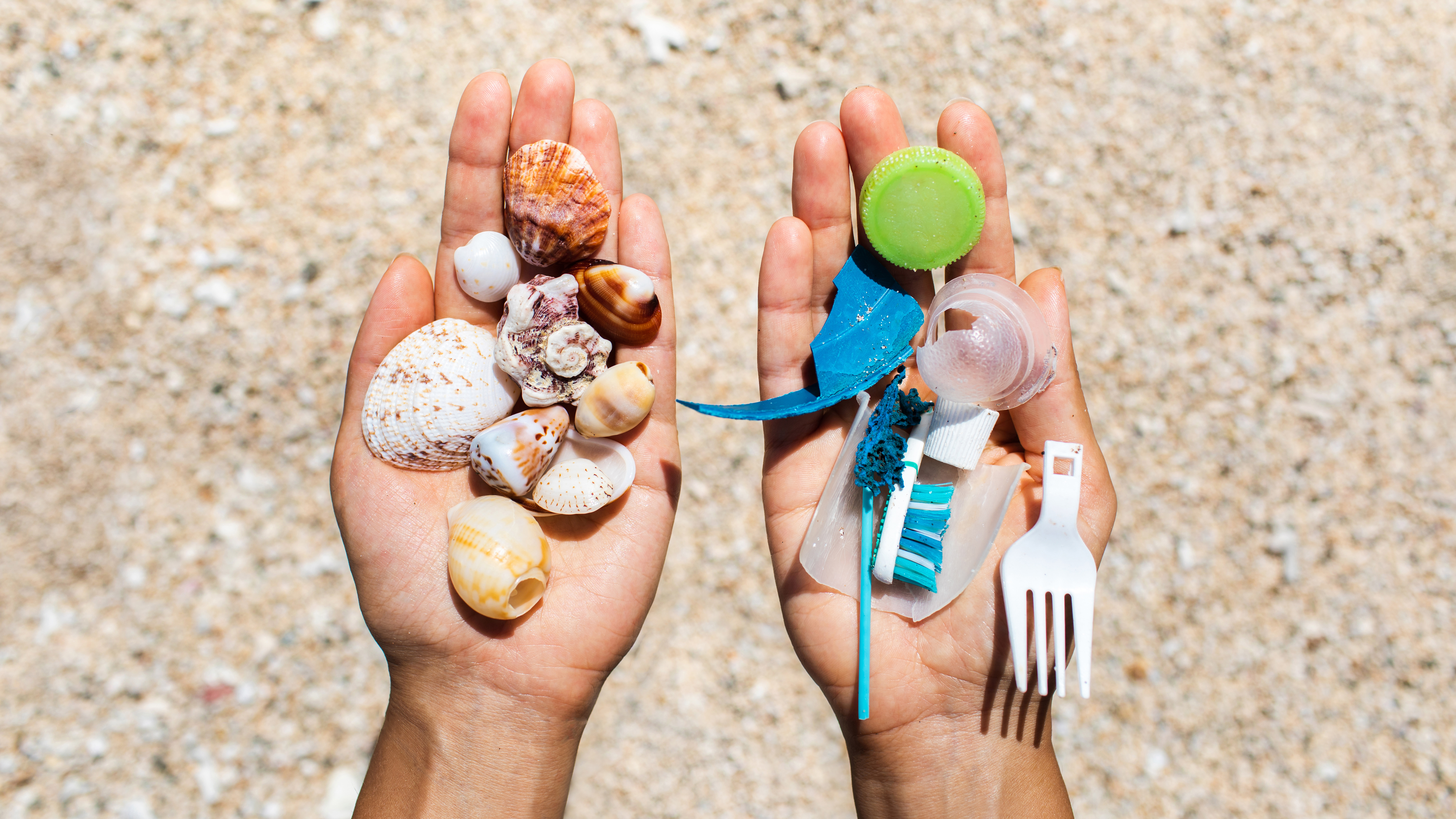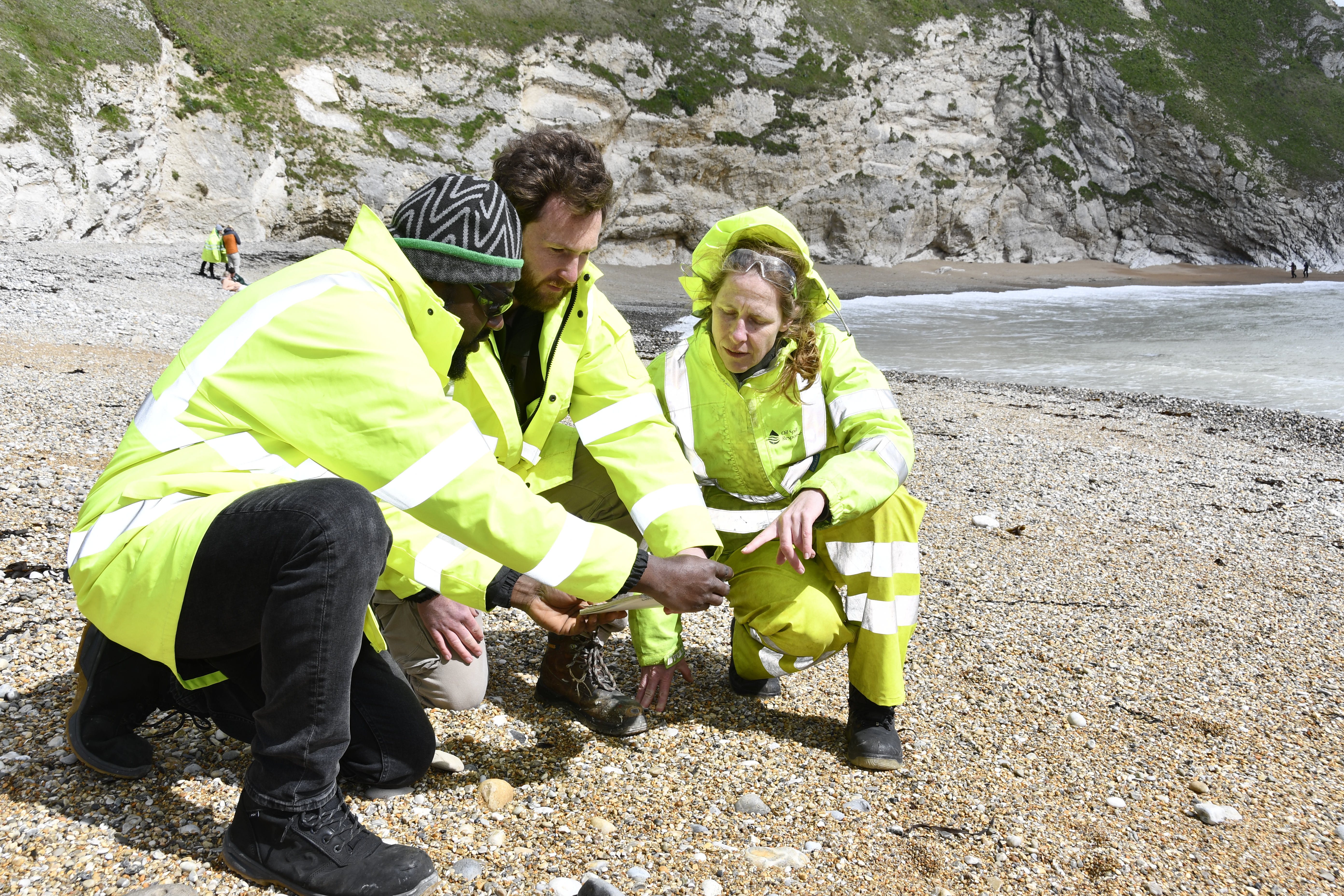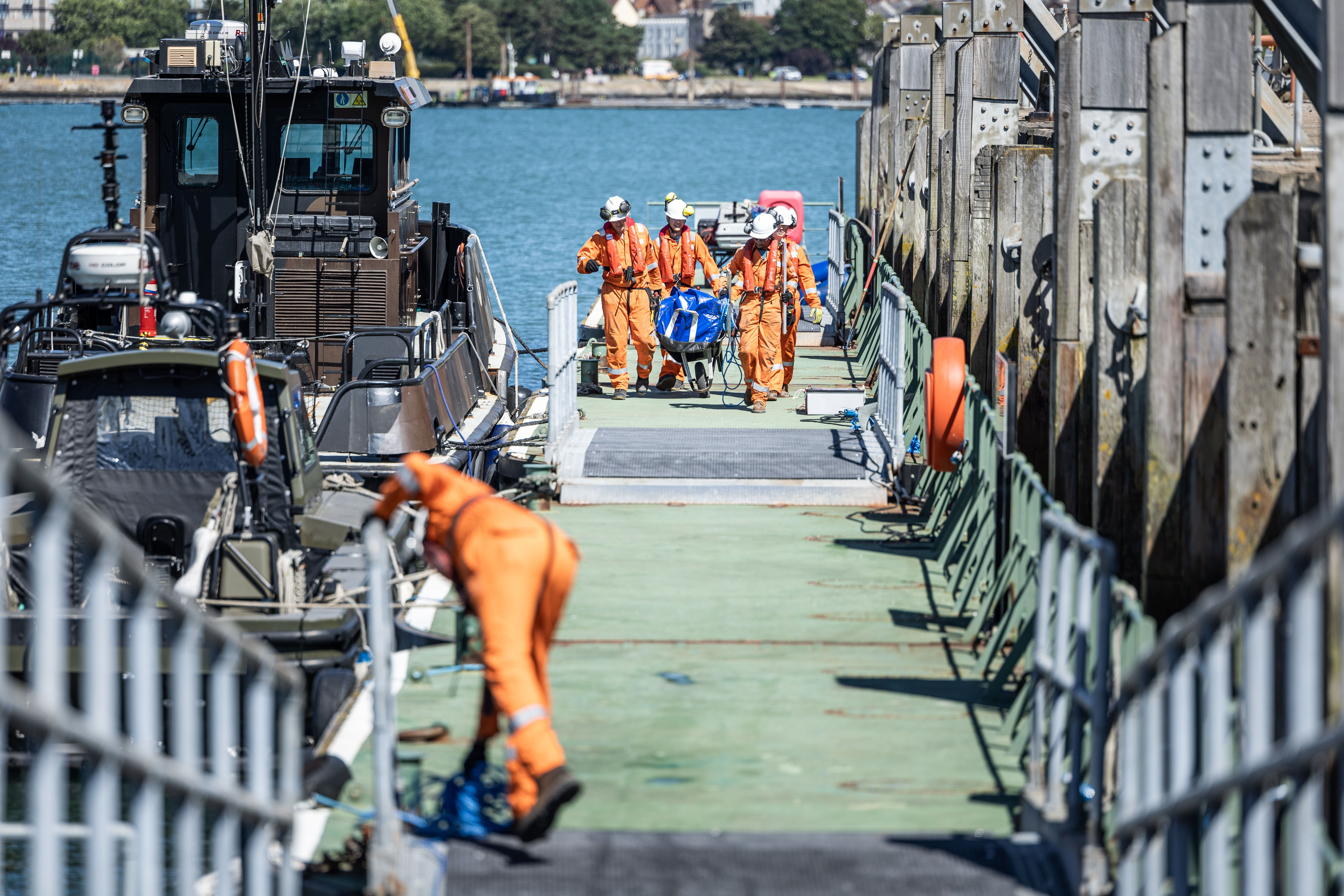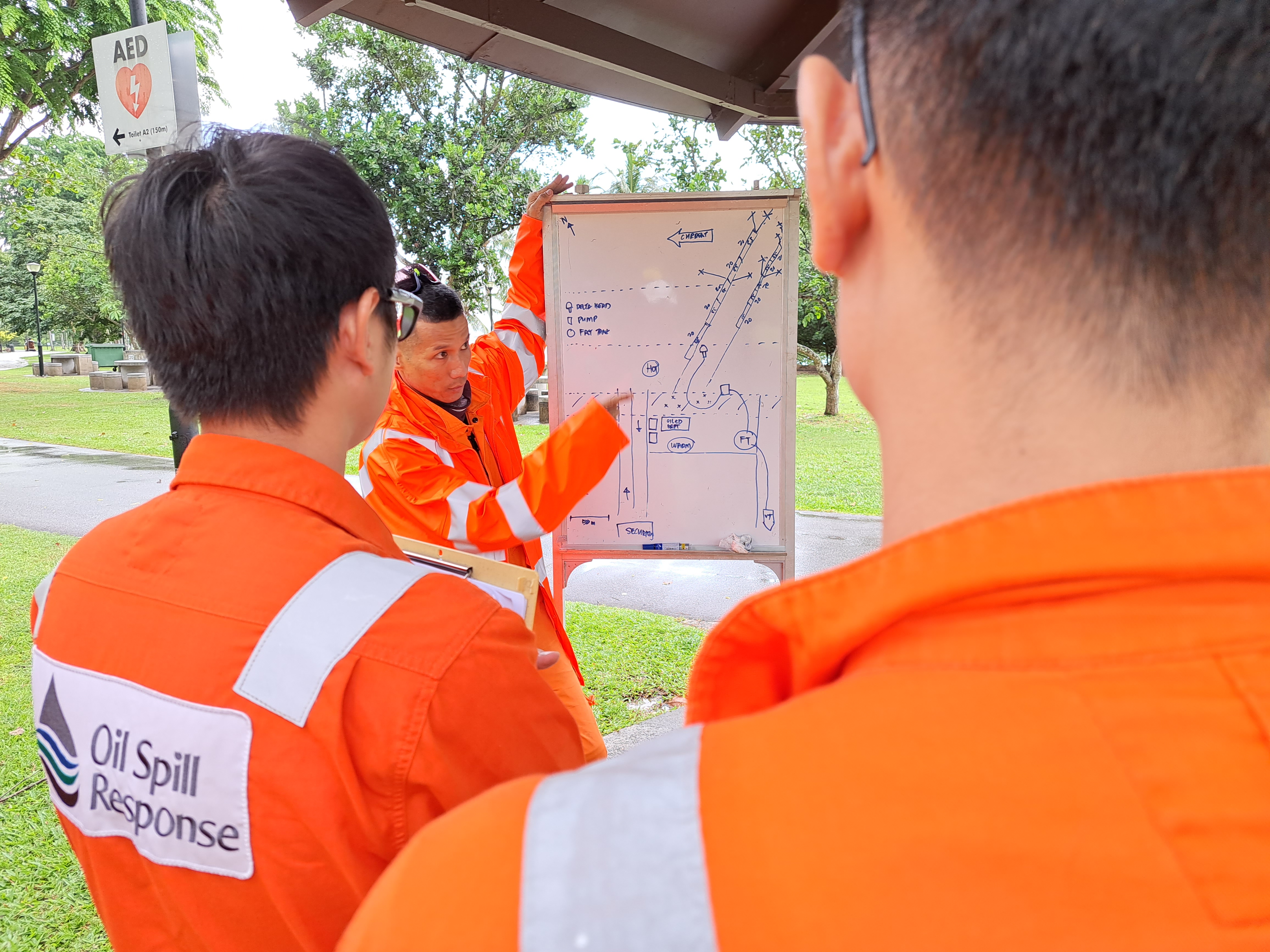The Plastics Pollution Crisis
From the first synthetic plastic, Bakelite, produced in 1907, the world has developed an insatiable appetite for plastic products. The world shipping council estimate that an average of 1,382 containers is lost overboard per annum. In this article Regional Director, EMEA, Rob James discusses plastics pollution and how the wealth of knowledge and expertise in the oil spill response industry should be our first port-of-call for pragmatic and effective solutions to a very real and present problem.
A global fetish for PVC
From the first synthetic plastic, Bakelite, produced in 1907, the world has developed an insatiable appetite for plastic products. Currently, globally we produce some 380 million metric tonnes of plastics every year. (Source: Statista).
Over the last ten years, efforts have been made to reduce plastics use, with plastic bags no longer available, or charged for, in supermarkets, plastic drinking straws replaced with paper equivalents and a drive to remove single-use plastics from the supply chain. To date this has resulted in plastic use plateauing but not, as yet, reducing.
These plastic products start life as pellets (known as nurdles), flakes and powder. The feedstock arrives at the plastics production facilities primarily by sea but also by road or rail. By sea, container losses from vessels in poor weather and vessel collisions, fires and sinkings, such as the X-Press Pearl cause spills of the nurdles and flakes.
Once made into products, the plastics set out on more road, rail and sea journeys to wholesalers for onward distribution. Once again there can be container losses from vessels in poor weather and vessel collisions, fires and sinkings. The 28,000 plastic ducks lost overboard from the APL China in 1998 is one of the more comically bizarre examples of what happens when a container is lost overboard.
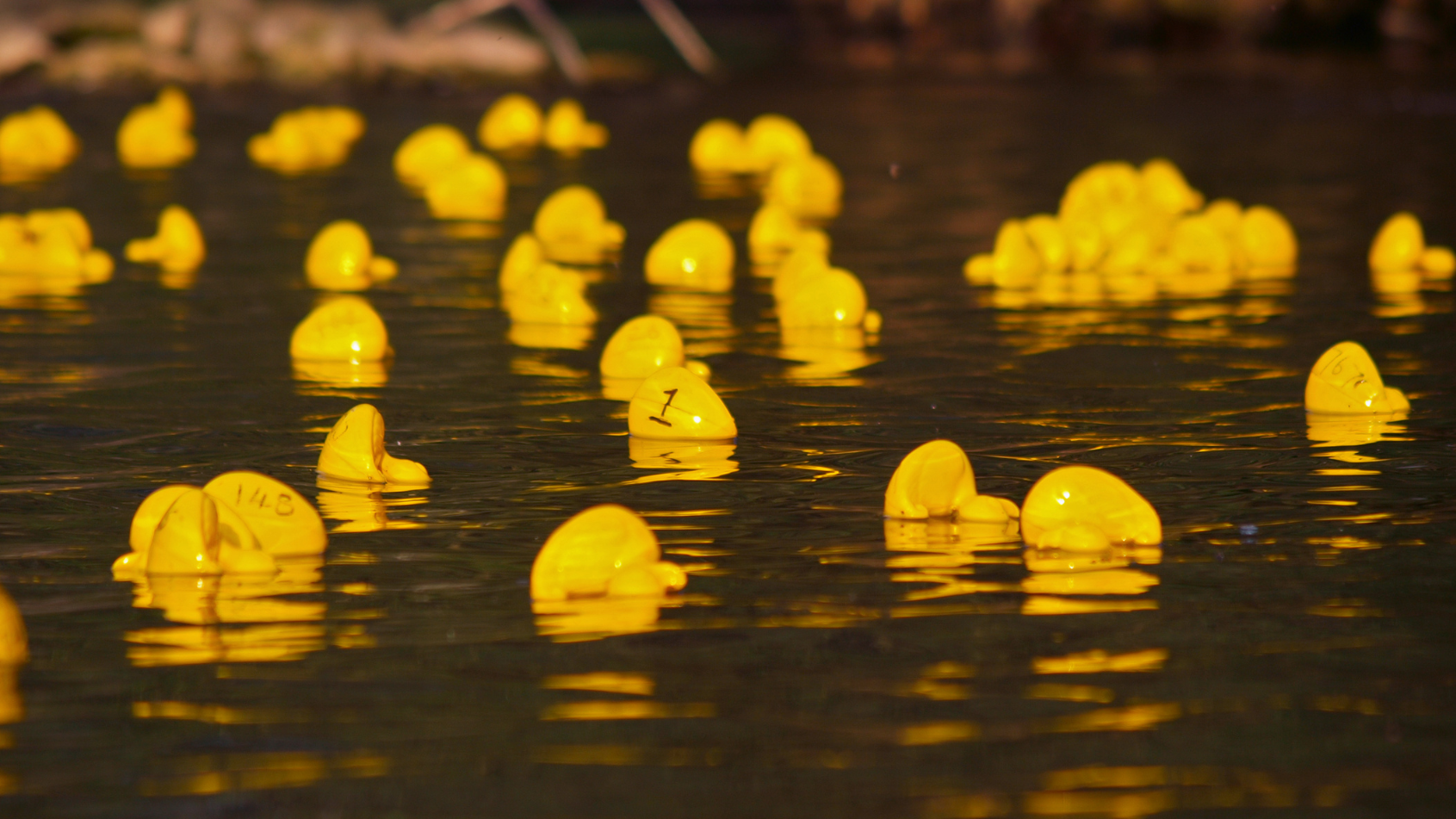
Environmentally-conscious communities work hard to recycle their plastics, but recycling facilities are often on the other side of the world to where we use plastics, so another voyage ensues. The same tonne of plastic could now be making the third ocean crossing of its short life; first as nurdles, then as product and finally as recyclate.
Although the shipping industry is one of the safest and most reliable means of transportation, accidents still happen. Baled plastic waste destined for recycling was one of the most difficult losses to deal with from the MSC Chitra incident in 2010 for instance.
Sadly, these plastic products are often discarded rather than recycled, particularly in nations with a less developed waste management infrastructure, and find their way into watercourses and, eventually, the oceans.
Almost three million Metric Tonnes of waste each year are estimated to enter the oceans from 1,000 or more rivers by this route, with often disastrous consequences for marine life and fragile marine ecosystems. (Source: ScienceAdvances).
The polluter pays - but who is the polluter?
The world shipping council estimate that an average of 1,382 containers is lost overboard per annum. This amount is a tiny fraction of the 226 million containers transported each year globally. Equally, container vessel sinkings are a mercifully rare event but when incidents like the Rena or MSC Napoli occur they hit the news headlines.
However, in the case of a vessel casualty, it may be more than just the plastics carried that cause concern. Notwithstanding the wide variety of products carried on a modern container vessel, the fuel oil that powers the ship’s engines may spill in the incident and become co-mixed with the cargo.
Baled plastics destined for recycling coated in Heavy Fuel Oil, as was the case in MSC Chitra, provide a real challenge for the incident response teams.
“The Polluter Pays” is a principle enshrined in just about all waste management legislation, however identifying a polluter in such scenarios is not always straightforward.
Where there is a clear, proximate source of the plastics pollution, those responsible for the costs of clean-up are clear. For instance, in the cases of the X-Press Pearl and MSC Chitra, the ships’ insurers (the P&I Clubs) have been quick to stand up, engage experts and deliver a good response.
For containers lost overboard, in a storm, for example, the ownership trail is less clear, not least because these losses tend to be far offshore and the fate of the container and its contents is difficult to prove. Where general marine litter is concerned the link back to a polluter who can pay is lost altogether.
Silver bullet or rubber bullet?
Whilst a Silver Bullet will magically solve the problem, a Rubber Bullet bounces around causing pain to many. Can we find a solution that works?
Finding someone to pay for the clean-up of plastic pollution, then, is not always straightforward. What is more, once someone is willing and able to pay, there are no international standards or established Good Practice in managing plastic pollution.
In the vessel-source oil-spill world we have the P&I Clubs and then the 1992 Fund and Supplementary Fund, which the IOPC Funds manage, underpinned with international conventions developed through IMO.
Exploration & Production companies are liable for spills from their installations but so-called ‘mystery spills’ do still occur, maybe from illegal bunkers discharge or from abandoned wells that no longer have an owner to chase. Where these occur, often it is the Member State who pays from public funds.
Even if we can identify a polluter who can pay, there is still the question of how to clean up the plastics we encounter at sea on the shoreline and inland on our lakes and rivers.
Plastic pollution varies from microscopic particles, through the lentil-sized nurdles of the X-Press Pearl to the “Great Pacific Garbage Patch” contents of plastic bags, drinks bottles, footballs and flip-flops. Each different type of plastic in each different environment with a different combination of environmental and socio-economic drivers will require various clean-up tools and techniques.
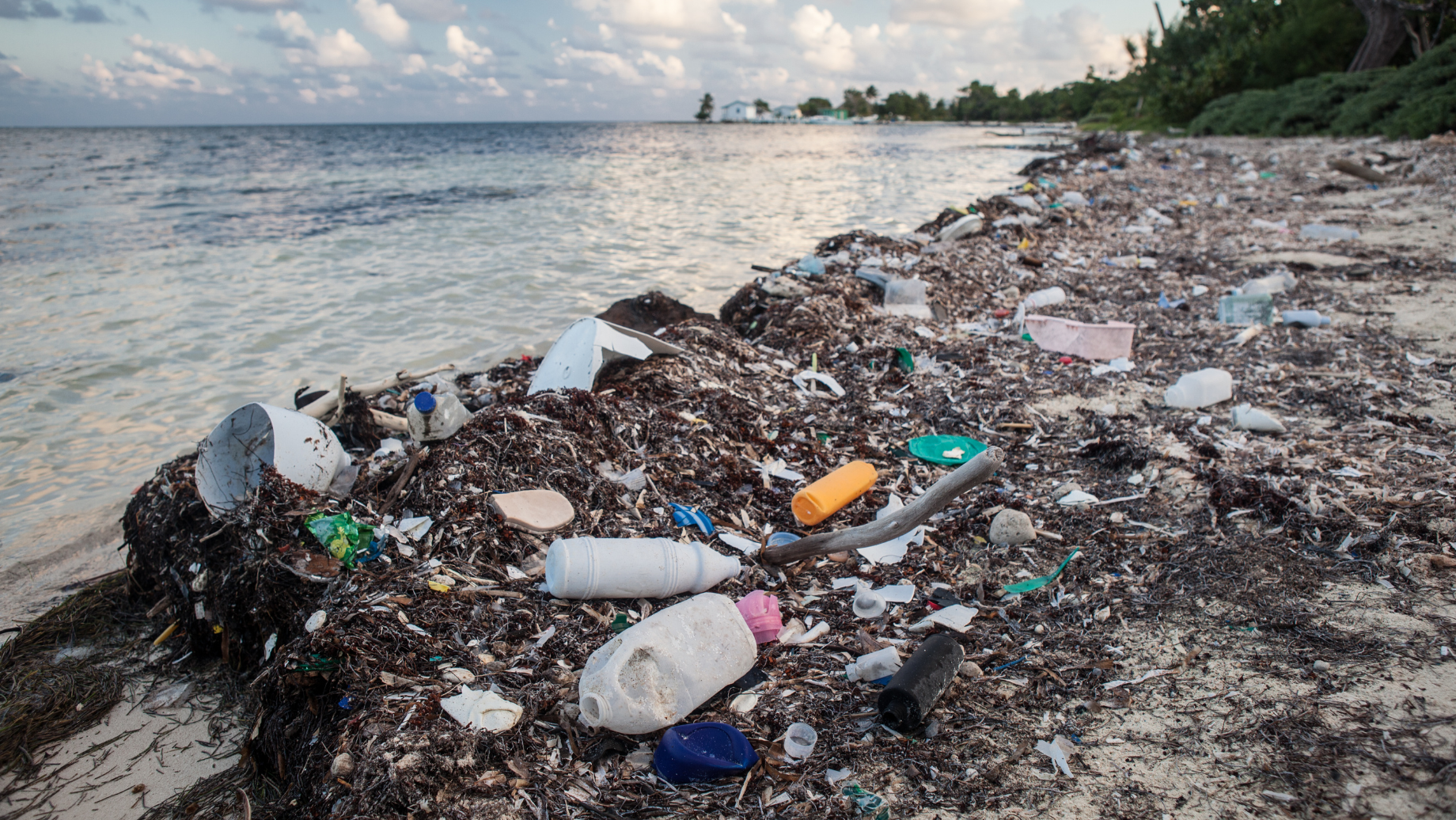
A PET project is needed
All this sounds somewhat familiar to anyone who works in oil spill response:
- Firstly, we need an explicit Claims & Compensation regime; and,
- Secondly, we need to agree on some Good Practice in plastic pollution clean-up.
How can we build funds to deliver clean-up for the plastic pollution not directly attributable to a vessel or some other facility? Funding models for oil spill compensation offer one option, driven by a per-tonne level imposed on ships entering or leaving the ports of those states who have signed up to the scheme. However, we should note that after the very successful establishment of the IOPC Funds, progress to gaining sufficient signatories to the HNS Convention has been slow, so trying to get an additional convention agreed upon may not be straightforward.
Taxing plastics producers at source is another option. However, the challenges of gaining international consistency in the taxation regime and distribution of the monies collected to agreed clean-up locations may mean that this option would only work on a nation-by-nation level.
This option may also not address issues like the Great Pacific Garbage Patch which sits in international waters. Funding via the IMO or UNEP making appeals to Member States may be a good solution here.
So what would define “good” in terms of good practice? First, we would need situational awareness from aerial/satellite surveillance and modelling; both are perfectly achievable with current technologies. The Great Ocean Clean-Up project demonstrates that larger fractions are amenable to collection using standard offshore boom configurations which are familiar to the oil spill community.
Surface trawl nets are also effective. However, there needs to be more work carried out to evaluate options for collecting the smaller fractions, such as nurdles, offshore. Booms may work but the potential for under- and over-cut is high. Once collected, recovery may be via nets or some version of weir skimming.
Where plastics hit the shoreline, the X-Press Pearl incident has shown us that all the principles of oiled shoreline response apply with little modification to this new challenge.
Response activities such as agreeing on endpoints, segmenting beaches, developing plans, segregating/minimising waste streams, utilising SCAT and so on are all familiar skills to oil spill professionals and can be employed here. The actual clean up tools brought into action other than traditional manual labour include the use of trommels, floatation separation and beach cleaning machinery (albeit with carefully selected screen sizes).
It all looks rather like Net Environmental Benefit Analysis utilising Spill Impact Mitigation Assessment techniques to evaluate the best options; once more, some minor amendments to these Good Practices will deliver well-managed interventions for plastics pollution.
The issues of plastic pollution in our seas and oceans may seem like a relatively new problem, but that may in part be the raised profile of the situation in the public consciousness. The oil spill response community is a resourceful and adaptable church that can apply a broad range of tools and techniques to new challenges.
Many models, conventions, good practices and institutions exist, developed over 50 years of building preparedness for effective response to oil spills. This wealth of knowledge and expertise should be our first port-of-call for pragmatic and effective solutions to a very real and present problem.
We've got you covered!
Wherever in the supply chain your oil spill risks lie, we are ready to respond with our expertise and resources anytime, anywhere with our Member Response services.




